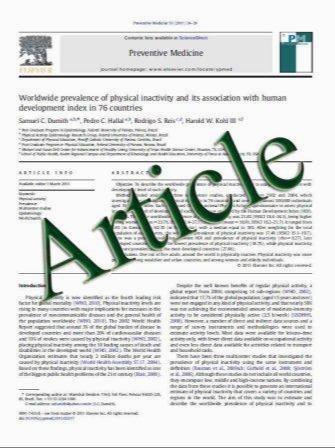Indispensable Roles of Plastids in Arabidopsis thaliana Embryogenesis
- نوع فایل : کتاب
- زبان : انگلیسی
- مؤلف : Shih-Chi Hsu1, Mark F. Belmonte2,3, John J. Harada2 and Kentaro Inoue*,1
- چاپ و سال / کشور: 2010
Description
The plastid is an organelle vital to all photosynthetic and some non-photosynthetic eukaryotes. In the model plant Arabidopsis thaliana, a number of nuclear genes encoding plastid proteins have been found to be necessary for embryo development. However, the exact roles of plastids in this process remain largely unknown. Here we use publicly available datasets to obtain insights into the relevance of plastid activities to A. thaliana embryogenesis. By searching the SeedGenes database (http://www.seedgenes.org) and recent literature, we found that, of the 339 non-redundant genes required for proper embryo formation, 108 genes likely encode plastid-targeted proteins. Nineteen of these genes are necessary for development of preglobular embryos and/or their conversion to globular embryos, of which 13 genes encode proteins involved in non-photosynthetic metabolism. By contrast, among 38 genes which are dispensable for globular embryo formation but necessary for further development, only one codes for a protein involved in metabolism. Products of 21 of the 38 genes play roles in plastid gene expression and maintenance. Examination of RNA profiles of embryos at distinct growth stages obtained in laser-capture microdissection coupled with DNA microarray experiments revealed that most of the identified genes are expressed throughout embryo morphogenesis and maturation. These findings suggest that metabolic activities are required at preglobular and throughout all stages of embryo development, whereas plastid gene expression becomes necessary during and/or after the globular stage to sustain various activities of the organelle including photosynthetic electron transport.
Current Genomics, 2010, 11, 338-349 Received on: April 30, 2010 - Revised on: May 18, 2010 - Accepted on: May 25, 2010


